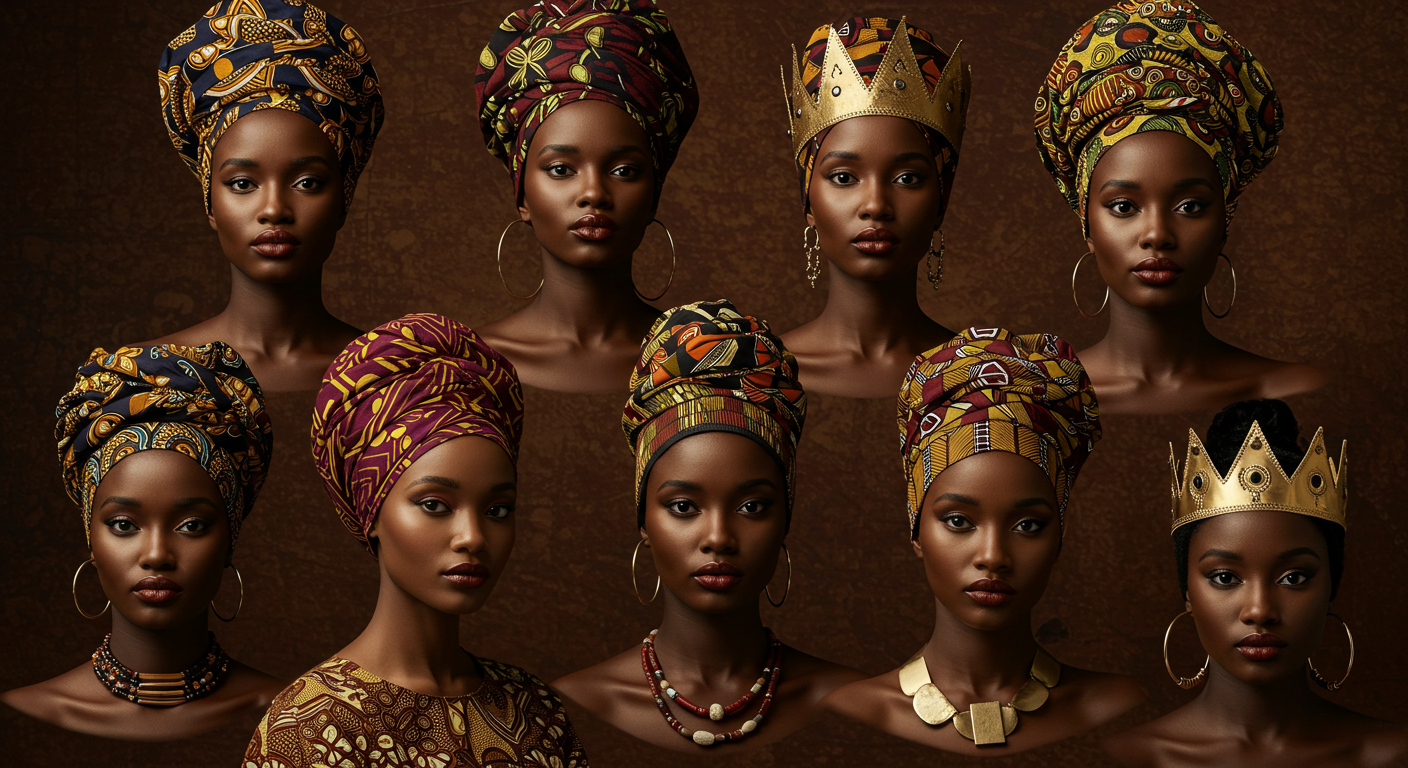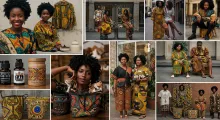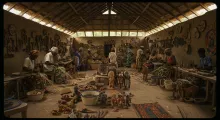African headwraps and crowns have long transcended fashion—they are powerful emblems of heritage, identity, and pride. From the elaborate Yoruba gele to the elegant Ghanaian duku, headgear in Africa holds deep cultural, spiritual, and social significance. Historically, these head coverings were worn by queens, priestesses, and noblewomen to indicate their status and lineage. Today, they remain integral to ceremonies such as weddings, naming events, and religious gatherings, where the way a wrap is tied can denote marital status, social rank, or regional identity.
However, headwraps are no longer confined to tradition. In recent years, African women—and increasingly men—have reclaimed the headwrap as a modern style statement. Designers are reinventing the art of wrapping with bold prints, metallic fabrics, and even architectural shapes. The resurgence of natural hair movements has also elevated headwraps as protective styling choices that celebrate Black beauty on its own terms.
What makes the headwrap even more compelling is its versatility. Whether worn as a turban, a towering crown, or a simple band, it speaks volumes. It tells the world, "I know who I am." As cultural pride and global Black consciousness grow, African headgear continues to be a crown of resistance, dignity, and style.



